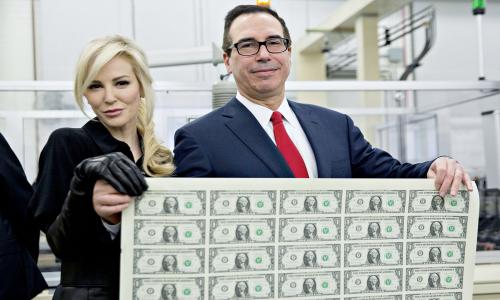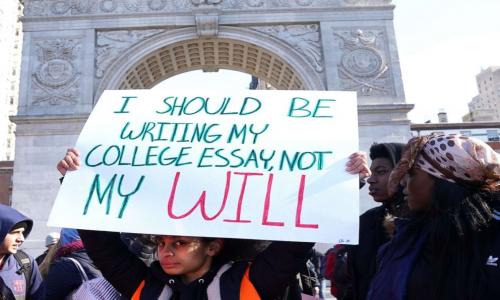The central bank has kept interest rates low and near zero since late 2008. Additionally, Fed policymakers, headed by Chairman Ben Bernanke, reiterated their view back in April that conditions may warrant “exceptionally low levels” for rates through at least through late 2014. But why, despite the sluggish U.S. economy has the Fed continue to commit to low rates?
The answer is the textbook. Textbooks presume that easier money with low rates will always result in a stronger economy, but of course these past few years have proven the textbooks wrong. We all know lowering interest rates is a good way to stimulate a slow economy and the Fed has taken this belief even further, dropping rates to near zero four years ago. But, does the policy of keeping rates low still apply in today’s economy? Truth is, many believe the policy today to be a harmful one.
Consider those close to approaching retirement age. If rates continue to stay low or go to zero and people are unwilling to take on more risk in their portfolios, many will find themselves with insufficient savings to retire at the age of 65. Some will continue to stay in the work force or reduce spending, and those who have already retired will find it hard to reenter the workforce.
In a low rate environment, safe and risk free investments can no longer generate decent yields. The zero rate policy makes CDs and Money Markets unappealing to savers. Yet, Bernanke sees this as a good thing. He believes that because of the unattractiveness of traditional risk free investments in a low rate environment, people will undertake more risk in equities, and rising stock prices will eventually bolster economic growth.
Following the story, by lowering rates and keeping them low, bonds become less attractive compared to stocks. Ideally then, stock prices will rise and what is known as the Wealth Effect will encourage people to go out and spend. But is this really rational thinking on the Fed’s part or is the Fed simply misguided?
From an investor’s point of view, the Fed’s commitment to keeping short term rates low through 2014 basically guarantees no downside to bond prices. If there were no downside to putting money into bonds, why would any rational investor sell? Hence if the goal is to drive investors into equities, low rates prove to be counterintuitive. Clearly the Fed misunderstands investor psychology.
Moreover, even if bond prices can go lower, will savers today act rationally and follow the Fed’s logic of going out to take on more risk for potentially higher returns in equities? Some might do so, but others have become more cautious and will no longer bet on the market. Hence today people are saving more and spending less and this reduced spending is without doubt a hindrance to the economy.
Additionally, by promising to keep rates low in the long term the Fed is basically setting the time value of money to zero. This promise is a drag on the economy. Why should anyone go out to borrow and spend or build today, when low financing cost is available tomorrow and the day after till the end of 2014? If the Fed wants people to go out, borrow and spend today, the incentive it should provide to people is an increase in interest rates.
Of course there is always the risk of deflation when it comes to raising rates, but as Einhorn states, “The sort of deflation that puts pressure on wages is a clear negative, as it leads to a lower standard of living. On the other hand, lower prices caused by scientific progress and higher efficiency are unambiguously positive.”
Overall, Einhorn sums the story of low rates up pretty well: “…it deprives savers of reasonable incomes, the ability to forecast a reasonable income, and it cuts down on consumption.” Moreover, low rates drive up food and oil prices and lowers standards of living.
Back in 2008, at the peak of the crisis, low and even zero interest rates made sense, but does the story from four years ago still make sense today?













Comments
Sol
July 13, 2012
It's an interesting question. Japan has tried 0% rates for twenty years with little to no success. In some ways though, the Fed has succeeded in relating the stock market. It was down to 7,000 in 2008 and has touched 13,000. Low rates also make it easier for some to refinance and cut debt.
What's interesting is that people are putting more money than ever into safe savings and CDs even though rates are so historically low. The banks aren't lending so they are taking the money and investing it in Treasuries. But if Treasury prices continue to drop, the banks will have to do something else with the cash. What? I don't know. But in the meantime, deposit rates will continue to fall.
In this case I think rates will only change if the economy picks up steam. I think it will be a few more years until we work through all of the debt issues. In the meantime, savers will have to make the best of a bad situation.
Is this review helpful? Yes:0 / No: 0
Add your Comment
use your Google account
or use your BestCashCow account